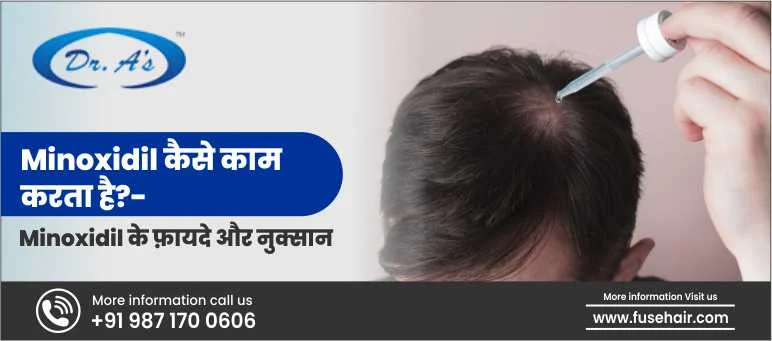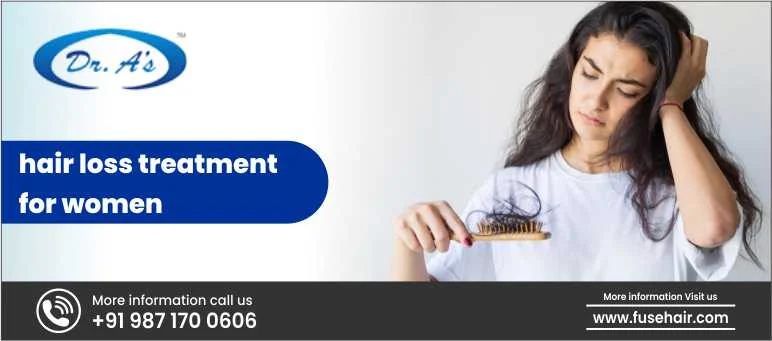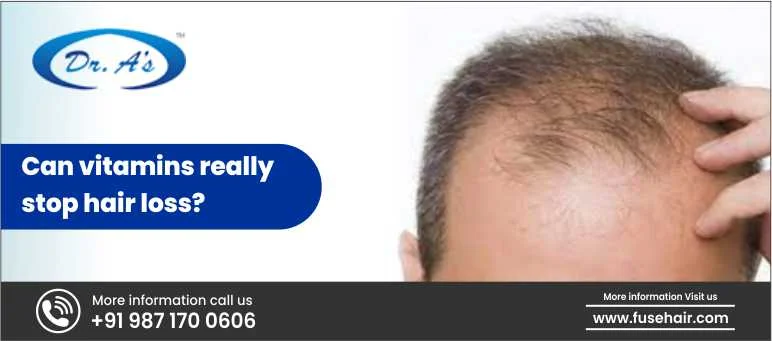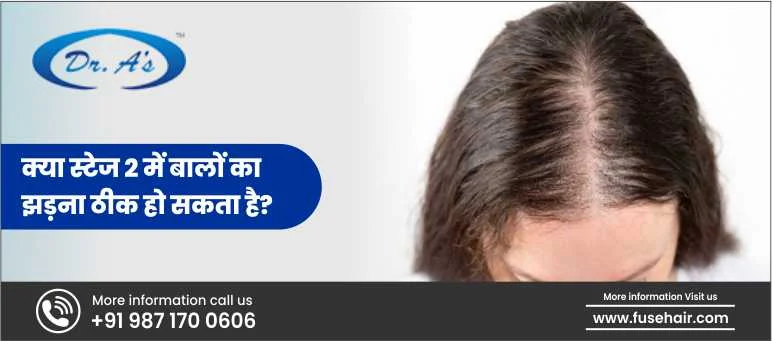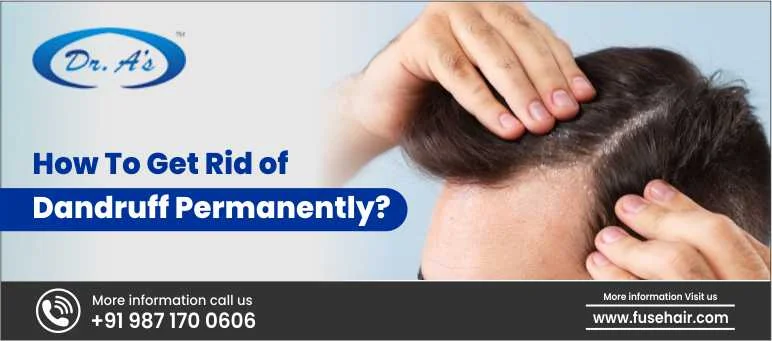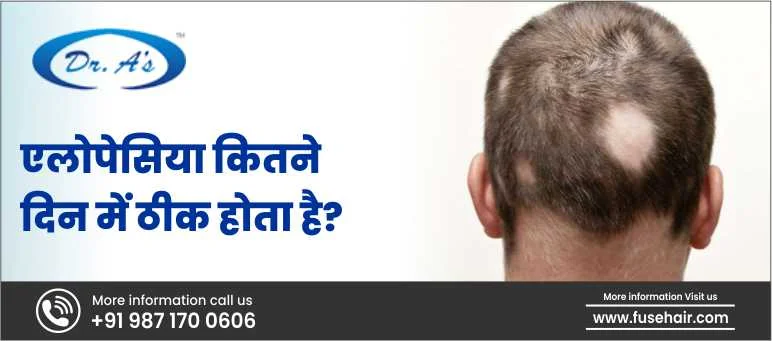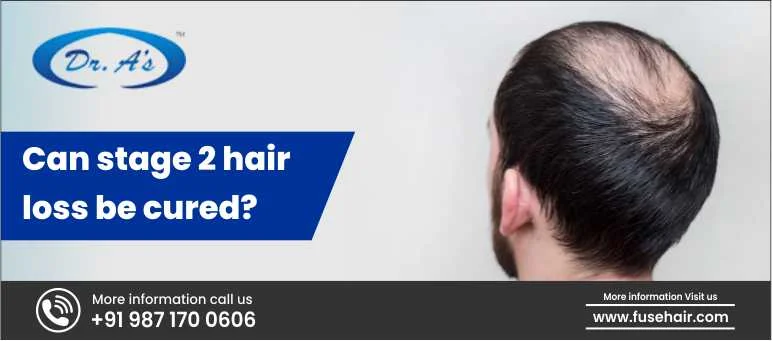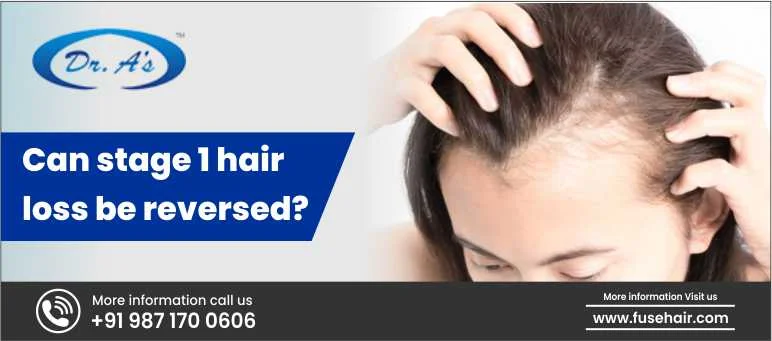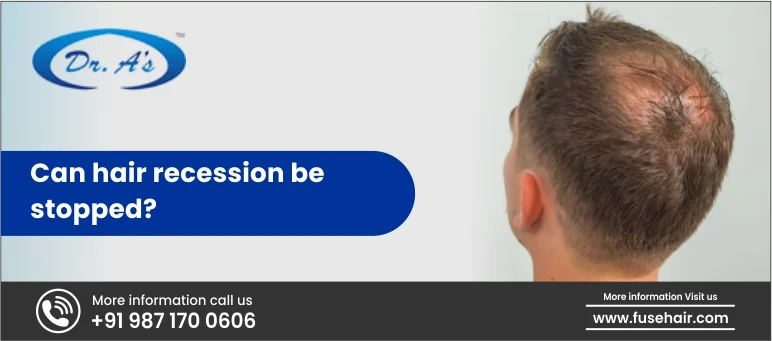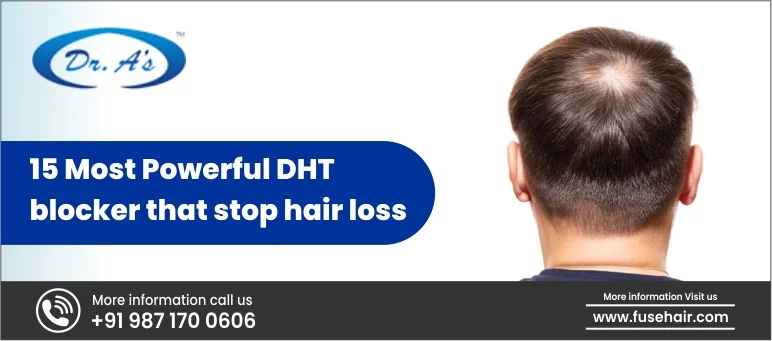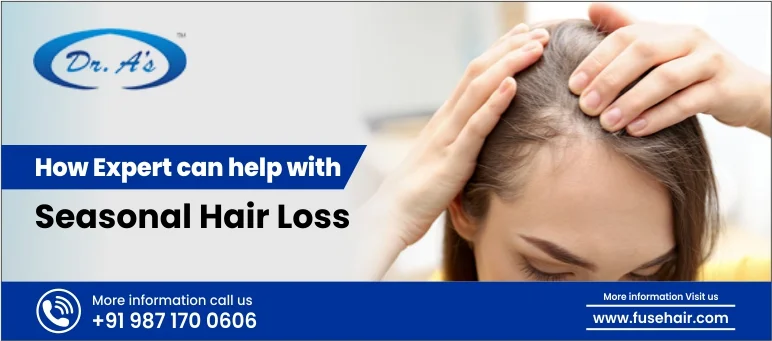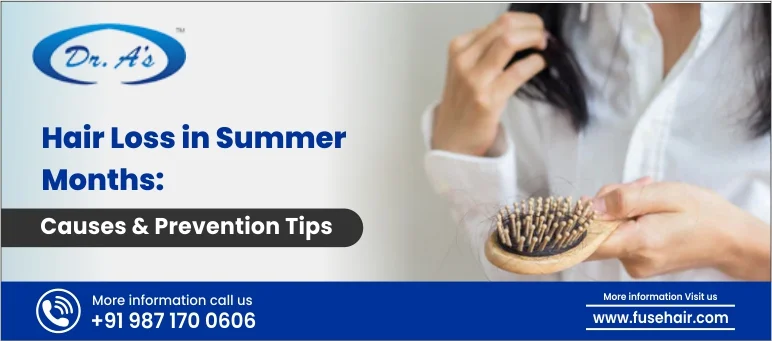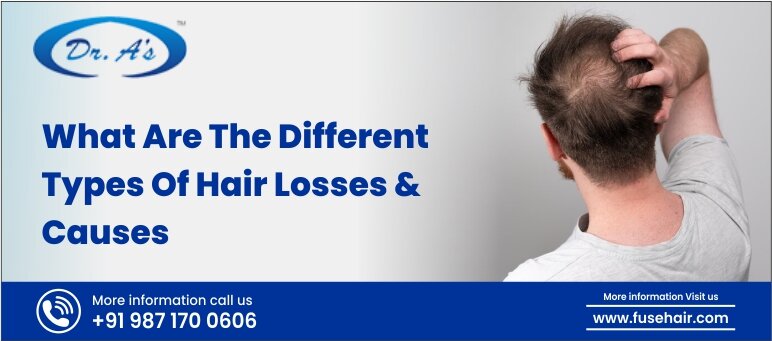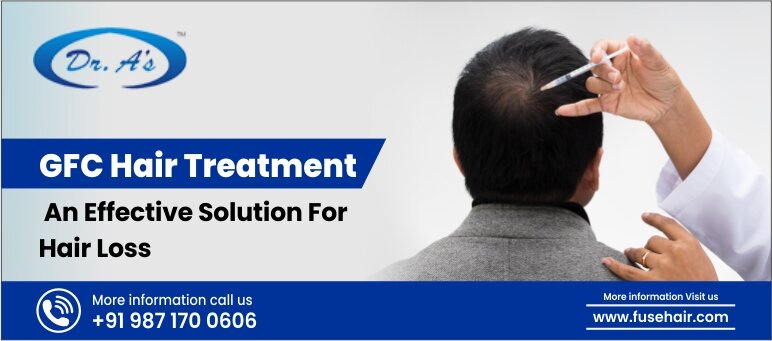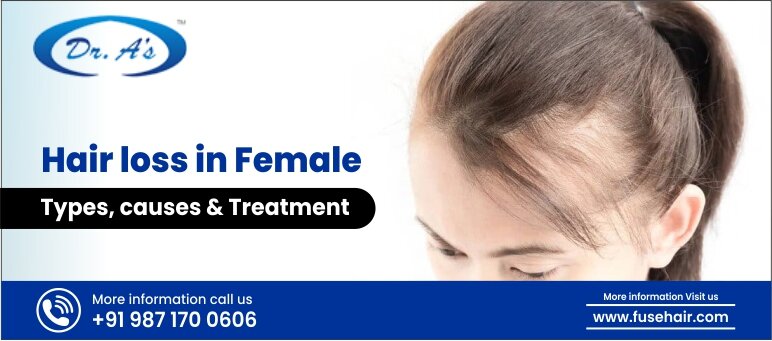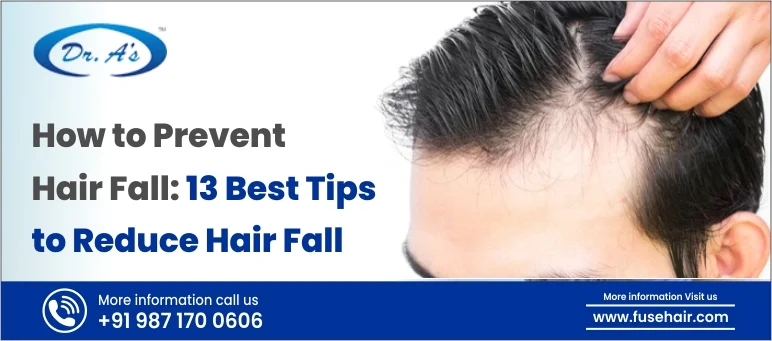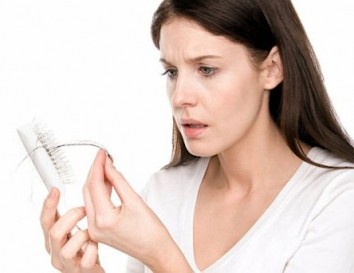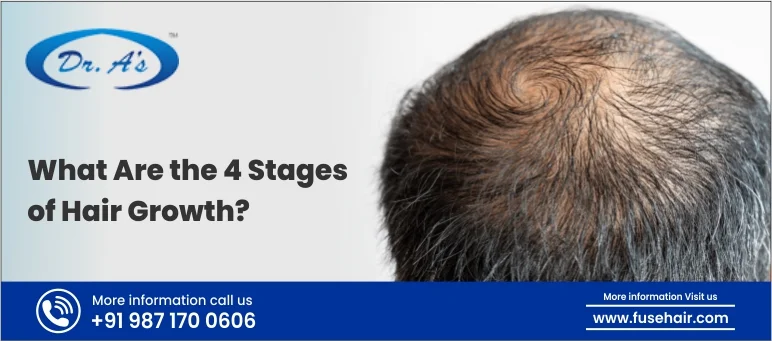
The growth and loss of hair can seem like a pretty straightforward process to us. But that is not the case because the hair growth cycle takes place in 4 stages. Each stage is responsible for a task related to the lifecycle of the hair. So, if you are ready to understand the 4 stages of hair growth, then keep on reading this article. Stay till the end to learn about what can disrupt the stages of hair growth and how you can deal with those disruptions.
Before we start, we advise that if you are facing any difficulties with hair growth then you can visit a hair transplant clinic like Dr. A’s Clinic to get a better understanding of your hair problems.
What are the 4 Stages of Hair Growth?
The first three phases — anagen, catagen, and telogen — are concerned with hair development and maturation. They also deal with the activity of the hair follicles responsible for individual hairs. During the last, or exogen, phase, “old” hair dies out. But normally, a new hair is preparing to take its place. Each phase has a unique timetable that can be influenced by age, nutrition, and overall health. This means you can take steps along the way. Let’s understand them in depth now.
Anagen Phase
The first stage of hair growth is called the anagen phase. It is characterized by the rapid multiplication of cells within the hair follicle. The anagen phase sets the foundation for healthy and vibrant hair. This stage lasts anywhere from 2-8 years. That, too, depends on several factors, like genetics and age. Specialized matrix cells that are located in the hair bulb go through rapid division. This is how the hair shaft is created. Melanocytes, which are interspersed in the matrix cells, contribute to hair pigmentation. It adds color to the growing hair. The main cause of elongation of the hair staff is the differentiation and upward movement of cells in the follicle.
But the duration for this stage starts decreasing with age. This is why our hair gets weaker and thinner as we age. Hormonal fluctuations and genetic predisposition can also play a role in the length and quality of your anagen phase of hair growth. This is the cause of variations in hair length and thickness.
Catagen Phase
The second stage of hair growth is called the catagen phase. It is a brief stage, lasting only two weeks. It also marks the end of the active growth phase, which is the anagen phase and the preparation stage for the next stage. The hair follicle goes through major changes during this stage.
The cells in the hair bulb stop dividing, which stops the hair growth. This happens because our body sends signals that trigger the hair to transition and eventually shed. What happens next is that the lower part of the hair follicle shrinks. Then it gets disconnected from the dermal papilla that is supplying nutrients to the hair. Now that the blood supply to the hau is cut off, it eventually sheds.
Even though the catagen phase is brief, it is an important part of the hair’s life cycle. It gives the follicle the chance to regenerate and be ready for the growth phase once more. In the absence of this transitional stage, hair would continue to grow and might cause problems like thinning or hair loss. Age, general health, and heredity are some of the variables that might affect how long the catagen phase lasts. This phase can also be delayed or decreased by changes in hormones, stress, and other issues.
Telogen Phase
The telogen phase is the third phase out of the four phases of hair growth. It is also called the resting phase, which is pretty important for the hair growth cycle. It lasts about two to four months. This stage is marked by the state of dormancy of the hair follicles. There is no active hair growing during this phase. What happens is that the hair follicle rests while the hair remains attached to it. Around 10-15% of your hair is usually in the telogen phase at any given moment.
However, factors like age, hormonal changes, stress, and genetics can bring changes in the duration of this phase. The telogen phase is also responsible for eventually shedding to make way for hair regrowth in the coming anagen phase. This shedding is a natural part of the process. It is during this stage that you lose about 50-100 hair every day.
Exogen Phase
The last stage of the hair growth cycle is called the exogen phase. It is also called the shedding phase. The exogen stage involves actively shedding the hair that has already reached the end of its lifecycle. So, during this stage, all your old hair that has completed its lifestyle cycle is detached from the hair follicle and shed from the scalp. There are between fifty and one hundred hairs lost per day on average throughout this ongoing, normal shedding process. These lost hairs are replaced by hair regrowth for men and women in the anagen phase to maintain hair density.
The exogen phase can be influenced by several things. Hormonal fluctuations, stress, dietary deficits, some drugs, and underlying medical conditions can impact the shedding rate. In addition, the exogen phase may be impacted by the length and degree of sun exposure as well as hair care procedures.
What Happens if the Hair Growth Cycle is Disturbed?
Each hair follicle has its own growth cycle and goes through it at separate times; otherwise, all of your hair would fall out at once! Instead, you shed a set amount of hairs per day – 80 to 100 on a healthy head of hair. When the growth cycle is disturbed, you may have hair loss, thinning, or hair growth and hair regrowth issues. This can be caused by metabolic abnormalities, sickness, or poor diet.
Telogen effluvium (sudden diffuse hair loss) can occur around 12 weeks after restrictive diets or a high fever. This occurs when your anagen (growth) phase is cut short, and numerous hairs enter the telogen (resting) phase at the same time. It can result in significant hair loss.
How to Get Healthy Hair During Each Growing Stage?
A healthy lifestyle and correct hair care are doable things that contribute to having healthier, fuller hair, but genetics and hormone levels are mostly out of your control. The several effective strategies for hair regrowth for men and women in each of the four phases are:
Stress Less
Three different premature hair loss conditions are linked to high stress levels. They include:
Telogen effluvium- This condition facilitates hair from the anagen phase into the telogen phase, followed by the exogen phase, doubling or tripling typical daily hair loss. There are now hair treatment clinics that provide the best hair loss treatment for telogen effluvium.
Trichotillomania- This psychological illness creates an uncontrollable urge to pull hair from your scalp or other parts of your body. A hair loss treatment won’t be able to help here; it is advised that the patient should consult a therapist to deal with this psychological disorder.
Alopecia areata- This condition happens when the body’s immune system targets healthy hair follicles and causes hair loss. However, a hair loss treatment can help you deal with this alopecia.
Learning to de-stress through yoga, meditation, breathing methods, therapy, and avoiding some of life’s daily pressures can help you reduce stress, which can have a variety of health advantages. However, if the issues persist, then it’s best that you consult with the best hair loss treatment clinics available. Dr A’s Clinic is one such hair treatment clinic you can visit to get your hair loss treated.
Eat Nutritious Food
Hair is largely made up of protein which means you should keep up your protein intake. You can include lean meats, legumes, fish, and beans in your diet to ensure you get enough proteins for healthy hair growth.
Proper Hair Care
Selecting the appropriate shampoo is the first step toward healthy hair maintenance. Look for products that are specifically made for your hair type, such as greasy, dry, fine, or color-treated. The proper conditioner can also make a difference, though selecting the right products may need some trial and error. Pay attention to how your hair reacts to different shampoos and conditioners. Gentle hair care is also essential for healthy growth. Avoid using excessively hot water when shampooing, and gently towel dry your hair afterward. Hair is more prone to damage while moist. Turning down the heat while drying your hair may also help.
Conclusion
There are four stages of hair growth: anagen, catagen, telogen, and exogen. Each phase has its own different duration and task regarding the growth of the hair. The four stages that make up for that is called the hair lifecycle. Although the majority of the hair passes through all four stages, disruptions can happen. Maintaining a diet full of proteins, using the proper hair care, and reducing stress can help you fight any disruptions that can take place during the four stages of hair growth. If the issue persists, you can visit a hair treatment center like Dr. A’s Clinic for a consultation session.
FAQ
-
What are the 4 stages of hair growth in order?
The four stages of hair growth are anagen, catagen, telogen, and exogen. Each phase lasts for a different length of time. A stress-free lifestyle, a nutritious diet, and gentle hair care should all contribute to long-term healthy hair growth.
-
How do I know if my hair is in anagen phase?
The anagen phase is when your hair develops, and your hair follicle creates a new hair shaft. The majority (90%) of the hair on your scalp is in a growing phase that lasts two to six years. The catagen phase comes after the anagen stage. This is the 1- to 2-week transition period between anagen and telogen.
-
What are the stages to grow hair?
The growth of hair follicles is cyclical. This cycle is broken into three phases: anagen (growth), catagen (transition), and telogen (rest). Fast growth and lengthening of the hair shaft are followed by phases of quiescence and regression caused by apoptotic signals.
-
How long is the hair life cycle?
About 7 to 8 years. The most well-known of the hair growth stages is the anagen phase, in which individual hair follicles grow for around seven years. This is followed by a 10-day transitional period known as catagen and then a three-month resting period known as telogen, during which the hair sheds.
-
How many hair naturally fall a day?
According to the American Academy of Dermatology (AAD), the average person loses 50 to 100 strands per day. It is typical to shed between 50 and 100 hair each day. Excessive hair shedding happens if the body sheds significantly more hair per day than normal. It’s a condition called telogen effluvium.

